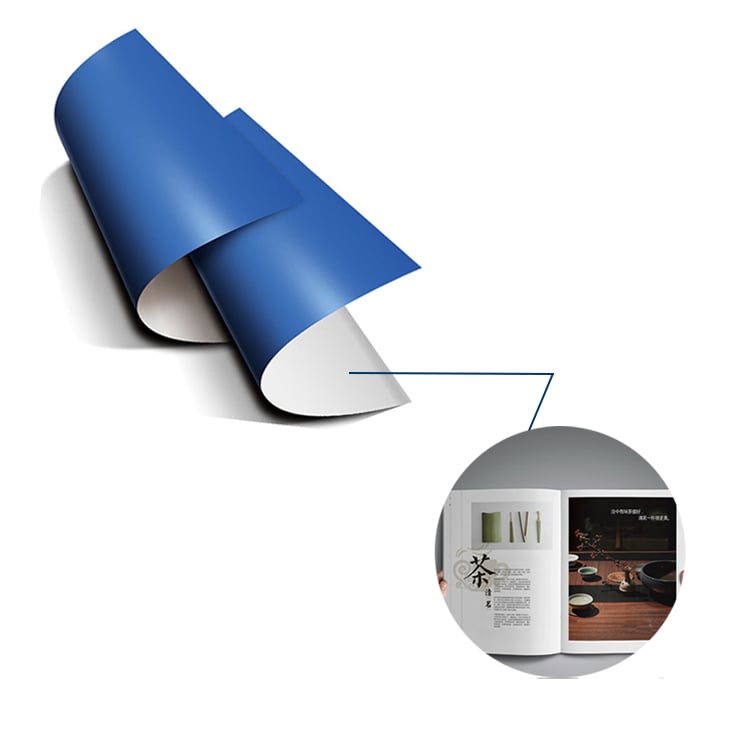
CTP (Computer-to-plate) technology appeared in the 1880s. This period was the early stage of research on direct-to-plate technology. Therefore, during this period, neither technology nor plate-making quality was very mature. By the 1990s, equipment manufacturers and printing manufacturers worked closely together to accelerate the pace of research and development of this technology, and during this period it reached maturity and industrial application. As a result, at the 1995 Drupa printing exhibition, 42 CTP systems were exhibited.
This move immediately caused the printing industry to pay great attention to this technology. Between 1995 and 1997, many large printing companies adopted CTP systems to realize the direct plate-making process. However, because the direct plate-making machines were still very expensive during this period, it limited the use and use of this technology in various small and medium-sized enterprises. promotion. From 1997 to 1998, the price of direct-to-plate-making machines dropped significantly, and direct-to-plate-making plates began to mature and develop, so a large number of small and medium-sized printing plants began to accept and use CTP technology. In response to the situation of the printing factory, the machine formats developed include folio, 8 kilos, and 16 kilos. According to statistics, by 1997, 65% of large printing plants (with more than 100 employees) in the United States had used CTP technology. According to a survey by the U.S. printing technology authority GATF, from 1995 to 2000, the number of CTP systems installed and expected to be installed around the world is as follows (including CTP systems used in the newspaper printing industry, including 8-open, half-open, and full-on total) :
|
1995 |
1996 |
1997 |
1998 |
1999 |
2000 |
|
311 |
721 | 1686 | 3100 | 6200 | 12150 |
From this set of data, the application popularity of CTP is growing at a rate of more than doubling every year. During the three years from 1995 to 1998, the growth rate was as high as 10 times.
The reason why the CTP system can be popularized among the user group at such an astonishing speed is that in addition to its good plate-making performance and the elimination of the advantages of film application, the expansion of the scope of application of CTP technology is also one of the main reasons. The plate-setting machines currently on the market can be suitable for large-format and small-format printing sizes, single and double-color printing four-color printing, newspaper printing and commercial printing, etc. Therefore, it is very flexible to use.
Moreover, in recent years, the development and improvement of plate materials has also been very rapid. The price of CTP equipment has dropped significantly within five years, which has promoted the rise and development of the market. At present, the price of 8 boot model has dropped from the previous $400,000 to between $150,000-$200,000. The folio model has also dropped to about $400,000.
American public opinion commented: CTP is an inevitable technological revolution, which will surely replace phototypesetting technology, just like the situation where electric extension machines were replaced by phototypesetters five years ago.
At the NEXPO98 exhibition hosted by the American Press Association in June 1998, a total of 11 manufacturers exhibited their respective CTP systems. But no influential manufacturer has launched new laser imagesetters and related technologies. This fully shows that manufacturers no longer hesitate about CTP technology and have entered the practical stage.
Huida Print-All Technology company is an advanced and professional manufacturer of printing plates, mainly sales CTP, CTCP, and PS plates as well as offering ODM/OEMs, especially for the offset. For more information, please click the official website link here: https://www.huidaoffsetplate.com/.

